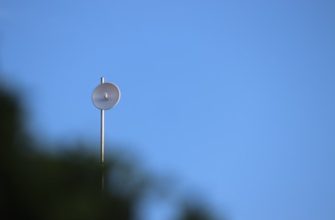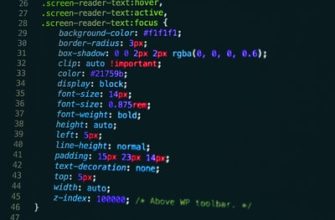There are so many important factors to consider in order to rank well in search engines, but the most overlooked of them all is page speed. Having a fast site doesn’t just mean that your page loads quickly, it also means that people will stay on it for longer and have a better experience. This is why page speed is one of the top factors for SEO, as it affects the time that your site stays on search results, and that can help increase your organic traffic.
Site architecture
The site architecture of a website is an important part of on page SEO. Without it, you won’t be able to rank well in the search engine results pages (SERPs). Having a good site architecture can also improve your user experience, which in turn, can boost your conversion rate.
A well-organized and simple site architecture can be a great way to increase your rankings and conversions. When a site is structured with a hierarchical hierarchy, it becomes easier for the user to navigate. For instance, a blog post or recipe can be easily linked to other pages.
There are two major types of site architecture. The first is the matrix model. This structure uses a central parent page to lead users through a process. The other is the sequential model. This type of architecture leads users to multiple sub-categories via drop down menus.
The matrix model is the oldest site structure on the internet. It is more commonly used when creating individual web pages.
Page speed
Page speed is a key SEO factor for boosting your rankings and ensuring the user experience. The speed of your website is important for your conversions, bottom line results, and general customer satisfaction. It has become an increasingly important ranking factor for Google and other search engines.

It’s no secret that visitors don’t like waiting for web pages to load. If they can’t access the content on your website quickly, they’ll give up and hit the “back” button. However, it’s not just visitors who don’t like a slow page. It’s also an important ranking factor for search engine crawlers, who penalize sites that are too slow.
Page speed has several variables that affect it, including the amount of content on your site, the size of images, and your server’s capacity. A slow-loading website has a lower conversion rate and bounce rate than a faster one. In fact, a study by Google showed that users were less likely to spend time on a site that took more than three seconds to load.
On-page SEO
On-page SEO is a set of strategies that helps you improve your search engine rankings and bring new customers to your website. It is a process that involves optimizing various components of your web page, including HTML elements, content, and internal links. Despite being one of the most important aspects of SEO, on-page SEO is often overlooked.
To optimize a page, you must have a good idea of your target keywords. By choosing the right phrases, you can achieve low competition. You can also create high-quality content to communicate the value of your website to Google.
If you want to attract more traffic, you need to make your site as user-friendly as possible. A slow website can impede the conversion of your visitors and reduce your ROI. It is also critical to check your site speed with Google’s PageSpeed Insights tool.
Content is the heart of on-page SEO. When creating high-quality content, you must ensure that it is relevant to your audience. You can start by choosing topics that will interest your target audience.
Dwell time
Dwell time is one of the most important SEO factors. In fact, it has become a buzzword in the digital marketing community. Unfortunately, many SEO specialists misunderstand this concept.
Dwell time refers to the time that a visitor spends on your site after they have clicked on your SERPs. It can be defined as the amount of time a visitor spends on your website after they have found a page they like. Moreover, it can also be considered as the amount of time a visitor spends before they click on the back button on their browser.
While a high dwell time may indicate that a user has found your content useful, a low dwell time may indicate that your content isn’t providing enough information. Dwell times are important because it can help you know how much engagement your visitors are having with your site. The more engaged your visitors are, the more likely they are to stay on your site.








